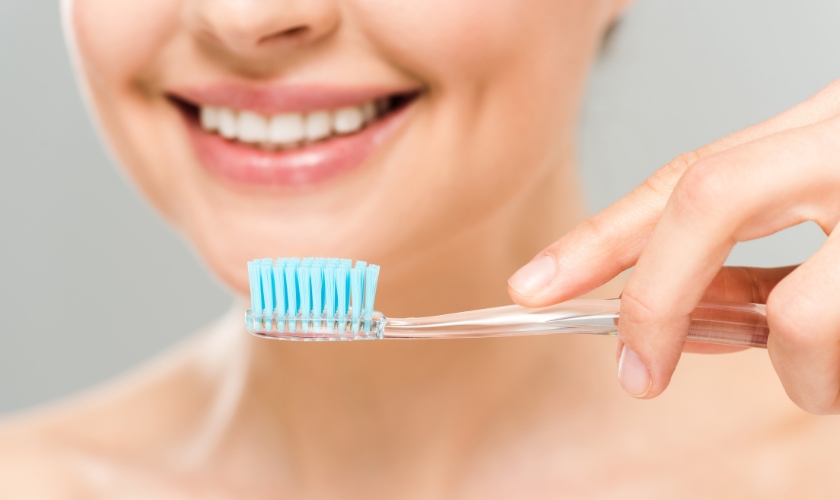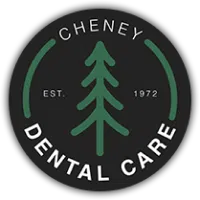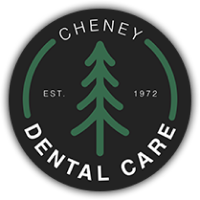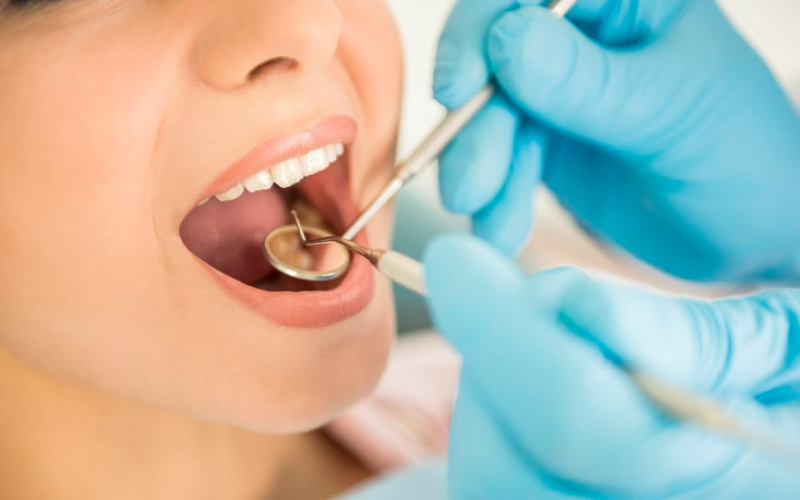What’s The Right Way To Brushing Your Teeth

Brushing your teeth is an ingrained habit most of us perform daily, often on autopilot. But are we truly getting the most out of our dental hygiene routine? Brushing effectively goes beyond simply scrubbing your pearly whites for a minute. It’s about understanding the science behind plaque buildup, employing the proper technique, and incorporating additional steps for a complete clean.
This comprehensive guide dives deep into the world of oral hygiene, transforming the mundane act of brushing your teeth into a powerful tool for maintaining a healthy smile and overall well-being.
The Plaque Plot: Why Brushing Matters
Imagine a microscopic jungle erupting on your teeth after every meal. This jungle, teeming with bacteria, is called plaque. These bacteria feed on leftover food particles, especially sugary ones, and produce acids as a byproduct. Over time, these acids erode tooth enamel, leading to cavities. Plaque also contributes to gum inflammation (gingivitis) if left unchecked. Gingivitis, if untreated, can progress to periodontitis, a severe gum disease that can damage bone and lead to tooth loss.
Brushing your teeth regularly disrupts this plaque party, physically removing bacteria and food debris before they can wreak havoc. It’s like sending in a team of cleaning ninjas to dismantle the jungle and restore peace (and cleanliness) to your mouth.
The Tool Kit: Choosing Your Brushing Weapons
The foundation of a successful brushing routine lies in having the right tools. Here’s a breakdown of your essential oral hygiene arsenal:
Toothbrush:
Opt for a soft-bristled brush that comfortably fits your mouth. Hard bristles can damage gums and erode enamel. Consider an electric toothbrush, which can be more effective at removing plaque, especially for those with dexterity limitations.
Toothpaste:
Fluoride is your friend! Select toothpaste that has fluoride, a mineral that helps prevent cavities and improves tooth enamel. Consider varieties with additional benefits like tartar control or gum health support if needed.
Floss:
Don’t underestimate the power of floss! It reaches between teeth, removing plaque and food particles that your brush can’t.
- Bonus Tip: Look for products with the American Dental Association (ADA) Seal of Acceptance for added peace of mind.
Brushing Technique: Mastering the Moves
Now that you’re armed with the right tools, let’s learn the art of wielding them effectively. Here’s a step-by-step guide to brushing your teeth like a pro:
Prep Time:
Wet your toothbrush with warm water and apply a pea-sized amount of toothpaste.
The angle of Attack:
Hold the brush at a 45-degree angle to your gum line, where the teeth meet the gums.
Gentle Circles:
Use gentle circular motions to clean each tooth surface, spending about 10-15 seconds per quadrant (upper right, upper left, lower right, lower left). Remember to use your tongue and the backs of your teeth!
Don’t Scrub:
Brushing too hard can damage gums and enamel. Let the bristles do the work!
Brushing Duration:
Aim for a total brushing time of two minutes twice a day (morning and night). Set a timer if needed to ensure you’re brushing for the recommended duration.
Rinse and Repeat:
Rinse your mouth thoroughly with water and rinse your toothbrush before storing it upright to air dry.
- Remember: The brushing technique can vary based on individual needs. If you have concerns about proper brushing or experience any discomfort, consult a dentist in Cheney for personalized guidance.
Brushing Beyond the Basics: The Complete Clean
Brushing your teeth forms the core of your oral hygiene routine, but it’s not the whole picture. Here are some additional practices to elevate your dental game:
Flossing:
For the purpose of clearing food particles and plaque from between your teeth, floss at least once a day, ideally right before bed.
Tongue Cleaning:
Gently brushing your tongue can help you breathe fresher and get rid of microorganisms.
Dietary Choices:
Limit sugary foods and drinks, as they contribute to plaque buildup. Opt for water over sugary beverages and choose healthy snacks like fruits and vegetables.
Regular Dental Checkups:
Schedule regular dental checkups and cleanings with your dentist in Cheney. These visits allow for professional cleaning and early detection of any potential problems.
Beyond the Smile: The Link Between Oral and Overall Health
Keeping your teeth healthy goes beyond having a gorgeous smile. Studies have shown a link between poor oral health and various health problems, including heart disease, stroke, diabetes, and even pregnancy complications. Brushing your teeth and following good oral hygiene practices are not just good for your smile; they’re essential for your overall well-being.
Maintaining the Momentum: Brushing Habits for Life
Building a consistent brushing routine is key to reaping the long-term benefits of good oral hygiene. The following advice will help you stay inspired:
Make it Fun:
Brushing doesn’t have to be a chore. Choose a colorful toothbrush you love, play upbeat music for two minutes while brushing, or use a fun-flavored toothpaste (for adults, of course!).
Brushing Buddies:
Encourage your family members to brush together, especially young children. This makes it a fun bonding experience and instills good habits early on.
Brushing Apps:
Utilize smartphone apps that can help you track your brushing habits, set timers, and even offer fun brushing challenges.
Reward Yourself:
Celebrate milestones! Reward yourself for sticking to your brushing routine, whether it’s a relaxing bath, a new book, or a treat you’ve been eyeing.
Troubleshooting Common Brushing Challenges
Even the most dedicated brusher might encounter some obstacles. Here’s how to tackle common brushing challenges:
Sensitive Teeth:
Try using toothpaste designed for sensitive teeth if you have sensitive teeth during brushing. Consult your dentist for personalized recommendations.
Bleeding Gums:
Bleeding gums can be a sign of gingivitis. While gentle brushing can help, persistent bleeding warrants a visit to your dentist to rule out any underlying issues.
Brushing Time:
Two minutes can feel like an eternity, especially for young children. Use a timer or sing a favorite song twice to ensure you’re brushing for the recommended duration.
Brushing Beyond Limitations: Making Oral Hygiene Accessible
Maintaining oral hygiene is crucial for everyone, regardless of physical limitations. Here are some tips for those who might need extra assistance:
Adaptive Brushing Tools:
Several adaptive brushing tools are available, such as electric toothbrushes with enlarged handles or angled brush heads. These tools can make brushing easier for those with limited dexterity.
Partner Up:
Seek help from a caregiver, family member, or therapist to assist with brushing if needed.
Professional Cleanings:
Regular professional cleanings by your dentist in Cheney can be especially important for those who have difficulty brushing thoroughly on their own.
Keeping Your Smile Bright: Long-Term Oral Hygiene Strategies
Brushing is the foundation, but a comprehensive oral hygiene routine requires additional elements to ensure long-term dental health:
Replace Your Toothbrush:
Over time, toothbrush bristles deteriorate and lose their effectiveness. Every three to four months, or sooner if the bristles start to fray, replace your toothbrush.
Don’t Forget Your Tongue:
Gently cleaning your tongue can help eliminate microorganisms and improve breath quality. Opt for a tongue scraper specifically designed for this purpose.
Diet Matters:
Be mindful of your diet. Limit sugary drinks and foods that contribute to plaque buildup. Choose water and wholesome snacks such as veggies and fruits.
Regular Dental Checkups:
Schedule regular dental checkups and cleanings with your dentist in Cheney. These visits allow for professional cleaning, early detection of cavities and gum disease, and personalized guidance for maintaining optimal oral health.
By following these tips and incorporating them into your daily routine, you can transform brushing your teeth from a mundane chore into a powerful tool for a healthy smile and overall well-being. Remember, a bright smile is not just about aesthetics; it’s a window to your overall health.




